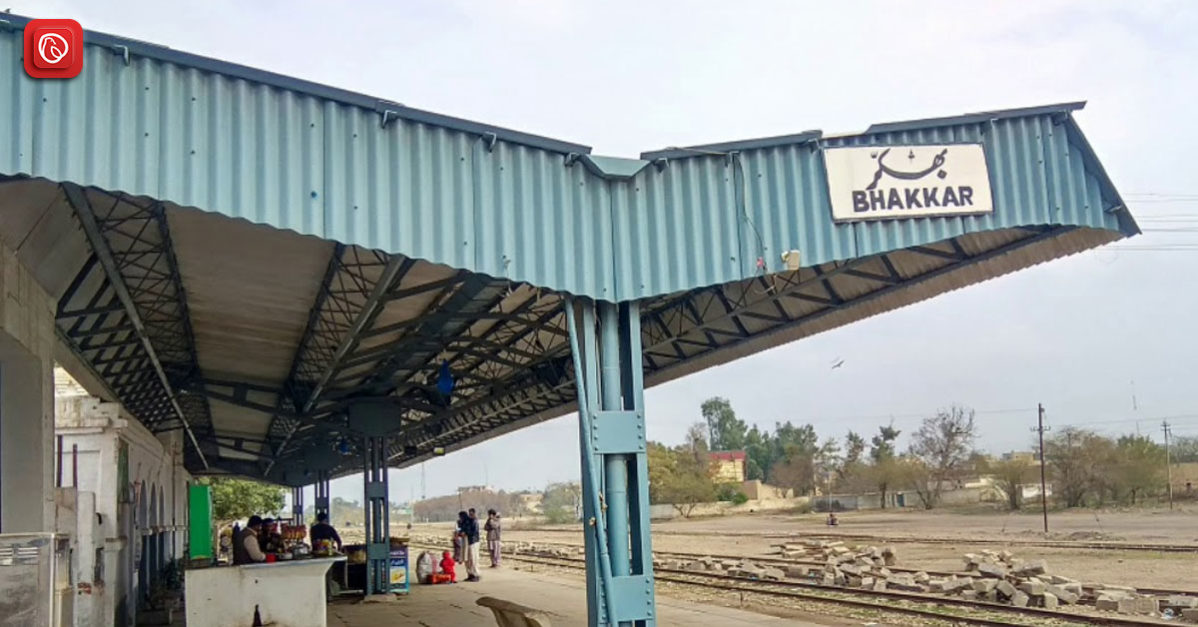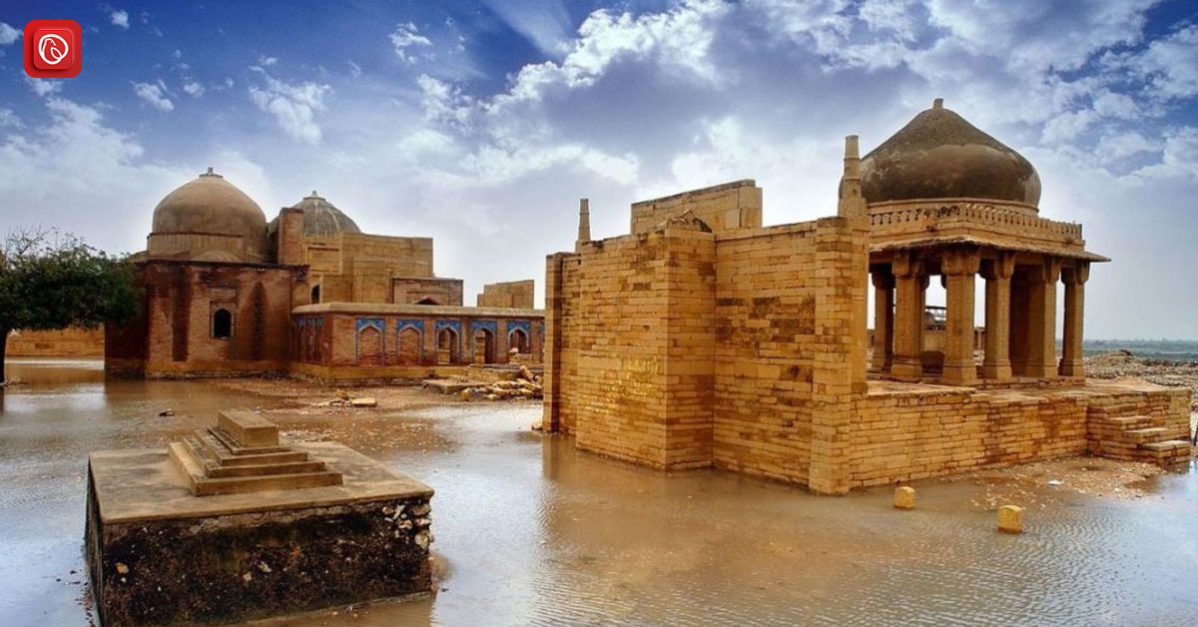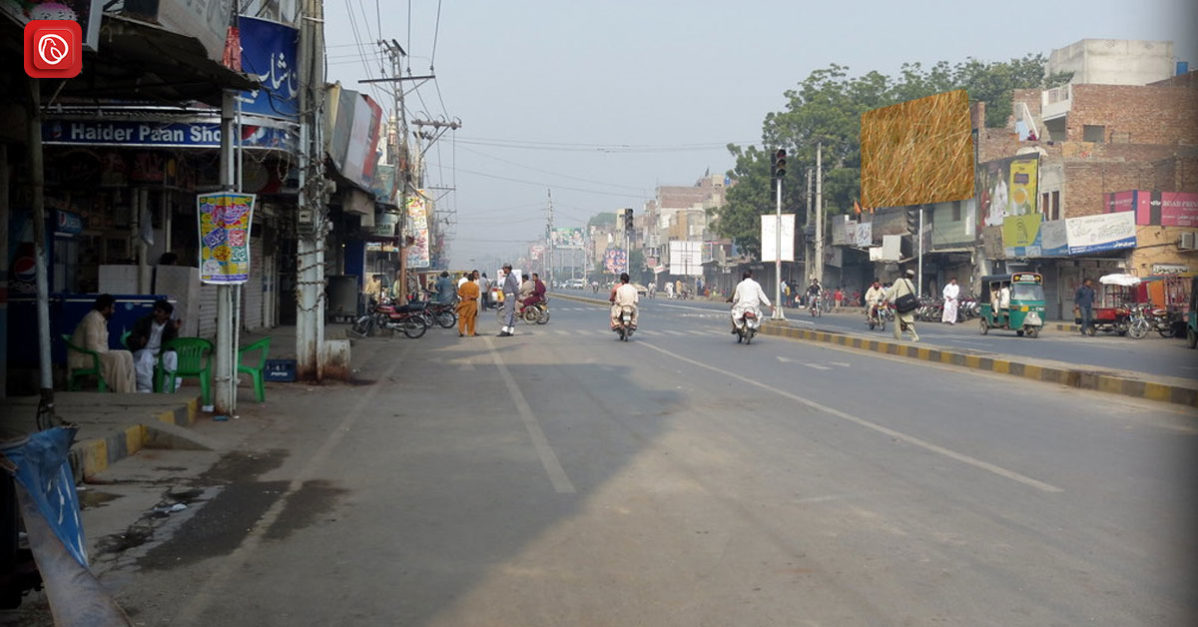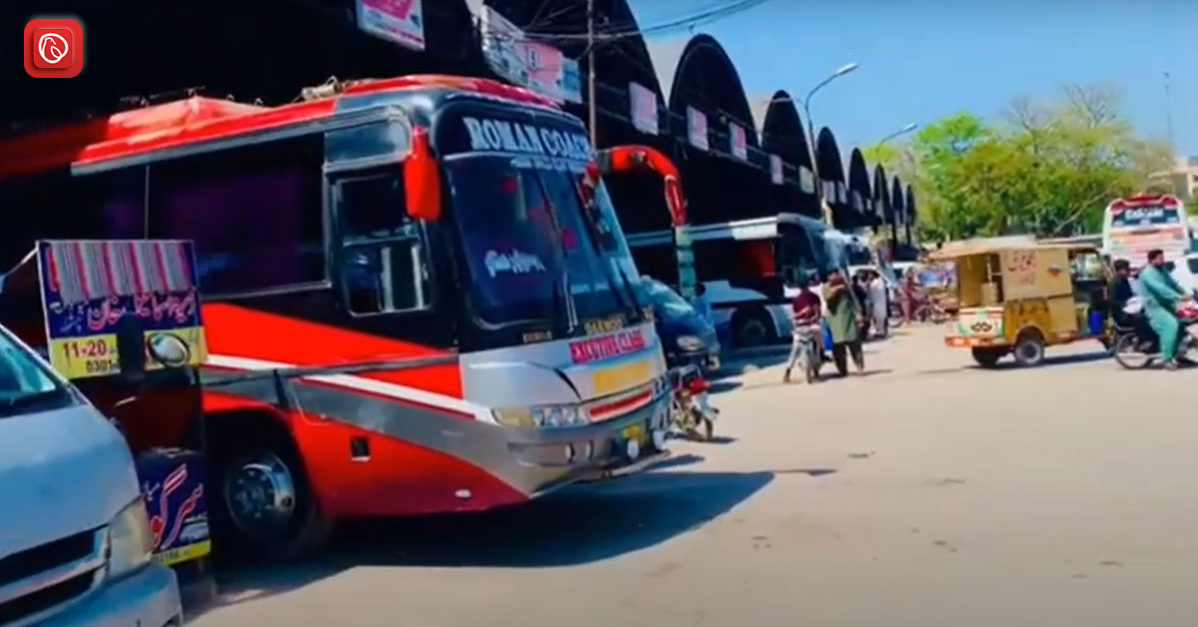Situated on the banks of the Indus River, Bhakkar is an old city in Pakistan’s Punjab province. The city’s history is extensive, going back to the Mughal Empire. Dates, mangoes, and citrus fruits are Bhakkar’s main products, and they are referred to as the “City of Dates.” Several historical sites may also be found in the city, such as the enormous 17th-century mudbrick fort, Bhakkar Fort. Bhakkar has recently become a tourist destination because of its natural beauty and historical value. Here at Graana.com you will find a thorough guide about Bhakkar City. Continue reading for more information.
Highlights
| Field | Description |
| Country | Pakistan |
| Province | Punjab |
| Division | Mianwali |
| District | Bhakkar |
| Rank | 86th most populous city in Pakistan |
| Administrative center | Bhakkar Tehsil |
| Coordinates | 31°37′40″N 71°3′45″E |
| Elevation | 522 ft (159 m) |
| Calling code | 0453 |
Location
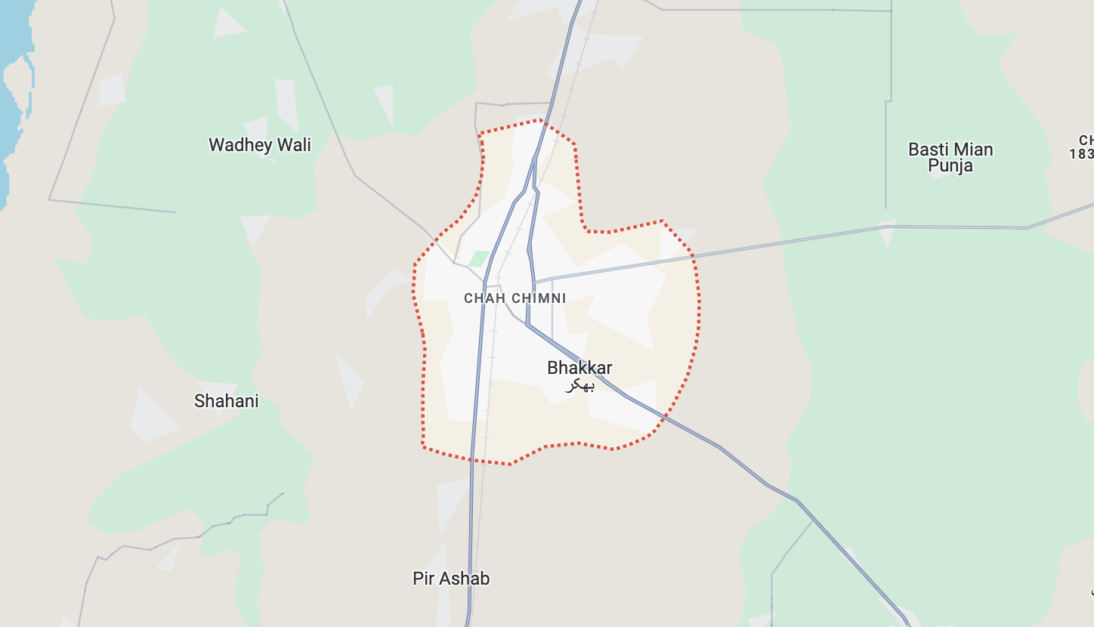
Bhakkar is a prosperous city located on the left bank of the Indus River in the centre of Punjab province, Pakistan. This city, which is the central hub of Bhakkar District, is situated between latitudes 31° 10′ and 32° 22′ north and longitudes 70° 47′ and 72° east. The origin of Bhakkar, the 86th most populous city in Pakistan, begins where the Indus River’s life-giving waters nourish the land.
How to Reach Bhakkar?
Depending on where you start, Bhakkar’s location in Punjab, Pakistan, offers a variety of travel possibilities. This is a reference:
From Islamabad
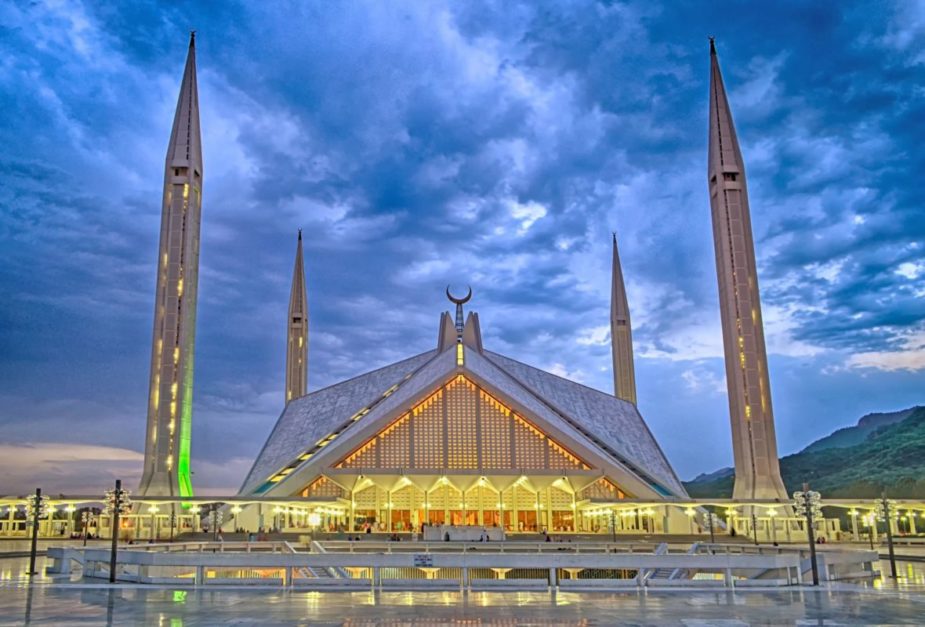
- By air: Arrive at Multan Airport (MUX) and travel 230 kilometres by bus or taxi to Bhakkar.
- Road: Take the M-2 motorway south towards Lahore, then connect to the N-5 National Highway for a picturesque drive (about 500 kilometres, 8-10 hours).
- Train: No direct link exists. Take a train to Lahore, then change to a train heading towards Karachi that stops in Bhakkar.
From Lahore
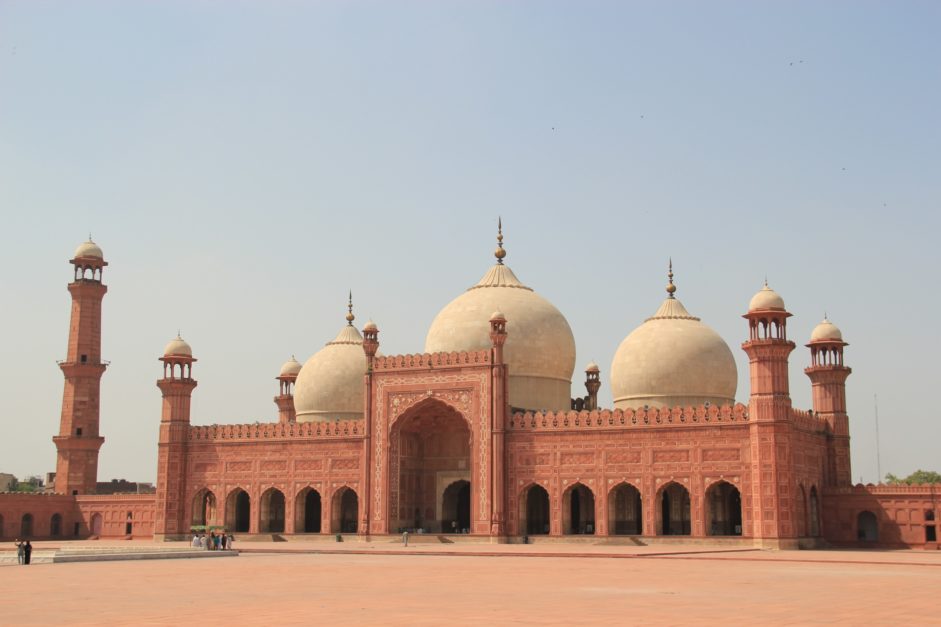
- Road: This is the busiest path. Travel south on the M-2 motorway to Sukkur, where you’ll join the N-70 National Highway, which will take you straight to Bhakkar (around 420 km, 6–7 hours).
- Train: Several daily trains go between Lahore and Karachi, with some stopping at Bhakkar.
From Karachi
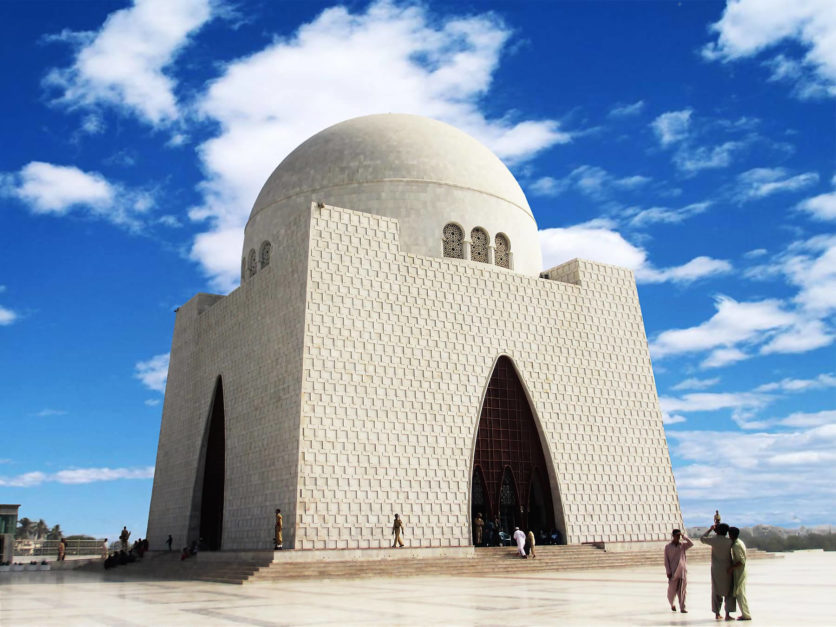
- By air: Arrive at Multan Airport (MUX), then travel 380 kilometres by bus or taxi to Bhakkar.
- Road: Travel north on the M-9 motorway till Sukkur, then merge onto the N-5 National Highway for a more leisurely, picturesque drive (about 850 kilometres, 14 hours).
- Train: Numerous trains run between Karachi and Lahore, some stopping at Bhakkar.
Things to Consider Before Planning the Visit
- When estimating trip times, consider traffic, weather, and road conditions.
- Schedules for public transit are subject to change, so for the most recent details, check with the local government or a transportation provider.
Tourist Attractions Near Bhakkar City
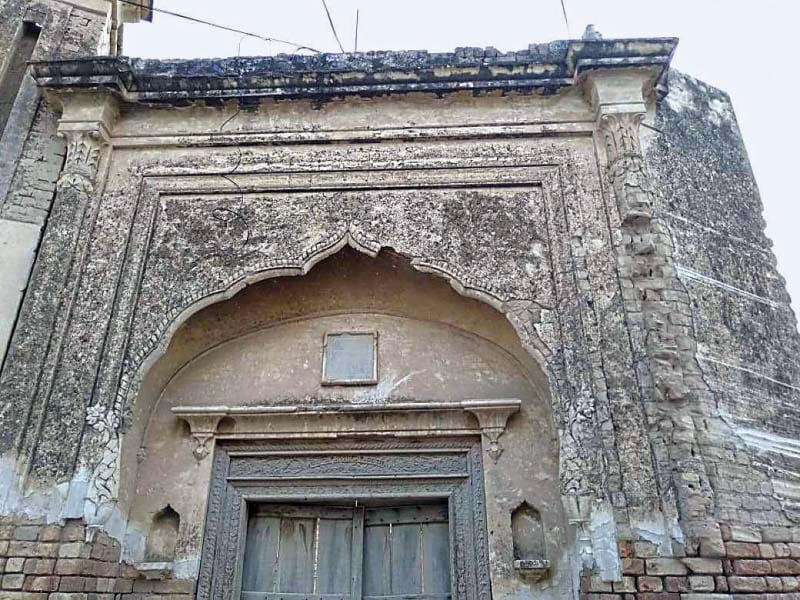
Punjab, Pakistan’s Bhakkar District, provides a window into the area’s natural beauty and cultural legacy. Following are some of the things that make Bhakkar city a tourist place.
- Mankera Fort: Constructed in two stages, this mediaeval fort is situated on the Bhakkar Highway, around 0.5 kilometres from Mankera. The brick fort was first built under the Baloch Rule. Then, during the Pathan Rule, additional fortification of a substantial mud wall was constructed. The fort and its fortifications are mostly destroyed today. However, a sizable portion of the mud wall and a few masonry remnants can still be seen, providing insight into the region’s historical history.
- The Dilkusha Bagh: It translates to “The Charming Garden” or “The Engaging Garden,” a historical gem in Bhakkar. This large date orchard is thought to have been constructed during the Mughal era, most likely by Emperor Humayun or Emperor Akbar. Beyond its historical significance, Dilkusha Bagh is a refuge for date connoisseurs, raising a variety of unique varieties alongside the legendary Basra dates.
- Natural Beauty: Bhakkar District is endowed with a wealth of natural beauty. The massive Indus River flows on the western side of the region, while the Jhelum and Chenab rivers beautify the eastern side. The Thal Desert, famed for its vast expanse of dunes, also primarily lies within the district. These geographical features offer chances to enjoy the scenery and the natural world.
Administrative Divisions
Bhakkar Tehsil, one of the four subdistricts that make up Bhakkar District, has Bhakkar as its principal administrative hub. Three union councils that comprise Bhakkar City are among the 17 that further split Bhakkar Tehsil.
A Glimpse into the History of Bhakkar City
Bhakkar’s history dates back to the latter part of the fifteenth century. According to tradition, a group of colonists from Dera Ismail Khan, a city located further south in the current region of Khyber Pakhtunkhwa, built it. Bakhar Khan, the city’s founder, is thought to have left behind his name.
In 1555, Bhakkar’s political situation changed dramatically. After successfully re-establishing the Mughal Empire, Humayun expanded his sphere of influence throughout the area. He named Khan Khanan, governor and placed Bhakkar and Multan under his rule. As the province’s capital, Multan included the city of Bhakkar.
Travelogues written by the Portuguese explorer Fray Sebastian Manrique in the seventeenth century provide an intriguing look into Bhakkar’s history. In 1641, Manrique claimed to have visited Bhakkar and described it as the capital of a “Kingdom of Bhakkar.”
Natural Resources & Economy of Bhakkar District
Bhakkar District’s economic landscape is shaped by a unique blend of natural resources that are a blessing. Taking a deeper look at two essential components:
Karna Oil and the Allure of Flowers
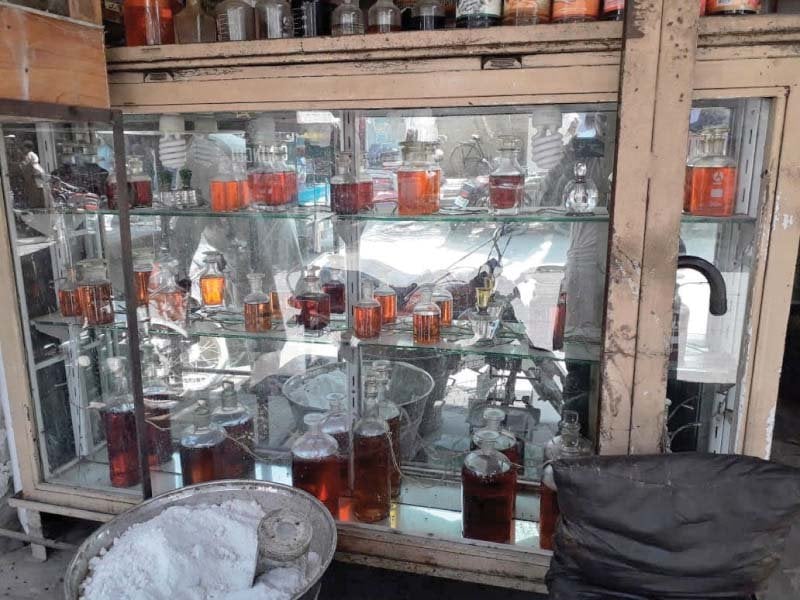
Bhakkar has established a name for itself in the Karna oil industry. This oil, made from Karna flowers, proves the area’s abundant floral resources. Although the Karna flowers are used for many purposes, they mainly produce this valuable oil.
The process involves carefully removing the flowers’ essence and combining it with mustard oil. Often, cloves, cardamom, and jasmine are added to the mixture. The leftover mixture, called Karna oil, is believed to be a powerful treatment for several hair issues, including dandruff and hair loss. This innovative product has led to Bhakkar becoming known as a hub for this natural hair care solution.
A Look at the Land’s Potential
Although Bhakkar’s economy largely depends on Karna oil, the area has a broader foundation of natural resources. In the west of the city, there lies the mighty Indus River and east the Jhelum river and Chenab River. The district’s economy is based mainly on agriculture, which depends heavily on this proximity to water sources.
FAQs
Following are the FAQs.
Where is Bhakkar City Located?
Bhakkar City serves as the administrative centre of the Bhakkar District in the Punjab province of Pakistan.
What are Bhakkar’s Natural Resources?
Bhakkar is famous for producing Karna oil, which comes from the Karna flowers. The district also boasts fertile agricultural land irrigated by the Indus, Chenab, and Jhelum rivers.
WHat is the elevation of Bhakkar City?
The elevation of Bhakkar City from sea level is 159 metres.
What are some Famous Places near Bhakkar?
While Bhakkar may not have a limited number of tourist destinations, some historical sites and natural wonders are worth exploring nearby, such as Mankera Fort.
Bhakkar City administration.
Bhakkar City forms three of the 17 union councils that make up Bhakkar Tehsil, the central administrative division within Bhakkar District.
This was all about Bhakkar City. For more information, visit Graana.com.
